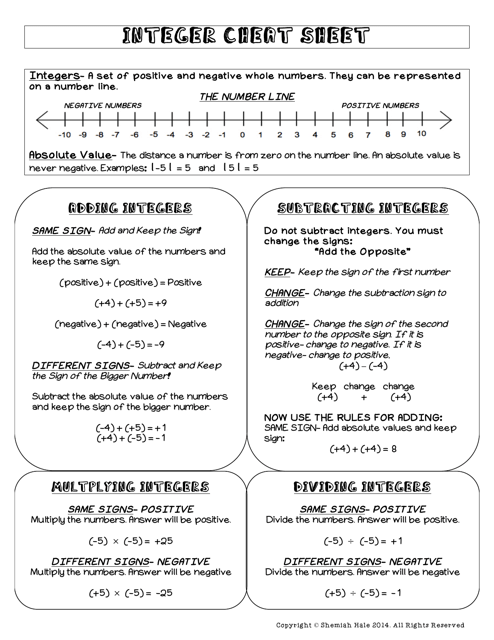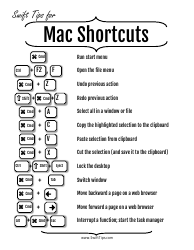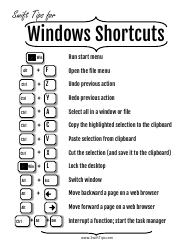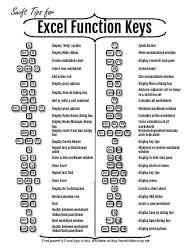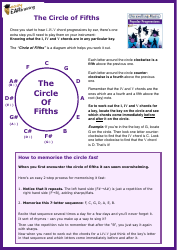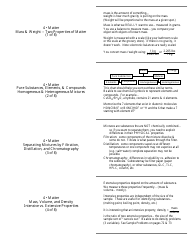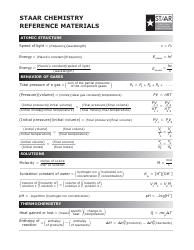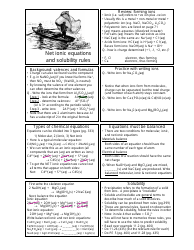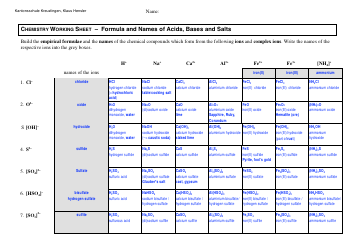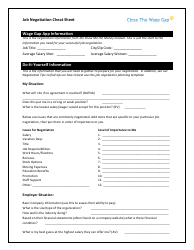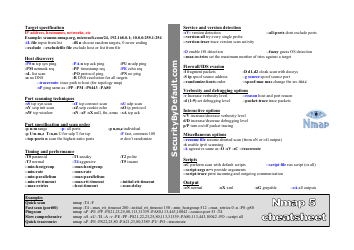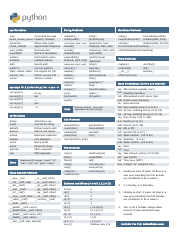Integer Cheat Sheet
The Integer Cheat Sheet is a document that provides a quick reference guide for understanding and using integers in mathematics. It includes information on basic operations, rules, and properties of integers.
FAQ
Q: What is an integer?
A: An integer is a whole number, either positive or negative, without any fractions or decimal points.
Q: Can an integer be a decimal or a fraction?
A: No, an integer cannot be a decimal or a fraction. It is a whole number.
Q: What is the difference between a positive and a negative integer?
A: A positive integer is greater than zero, while a negative integer is less than zero.
Q: What are some examples of positive integers?
A: Examples of positive integers are 1, 2, 3, 4, 5, etc.
Q: What are some examples of negative integers?
A: Examples of negative integers are -1, -2, -3, -4, -5, etc.
Q: Can zero be considered an integer?
A: Yes, zero is considered an integer. It is neither positive nor negative.
Q: What is the opposite of an integer?
A: The opposite of an integer is the same number with the opposite sign. For example, the opposite of 5 is -5.
Q: What is the absolute value of an integer?
A: The absolute value of an integer is its distance from zero, without considering its sign. For example, the absolute value of -5 is 5.
Q: Can integers be used in mathematical operations?
A: Yes, integers can be used in mathematical operations such as addition, subtraction, multiplication, and division.
Q: Are integers used in real-life situations?
A: Yes, integers are used in various real-life situations such as counting, temperature measurement, bank account balances, etc.
